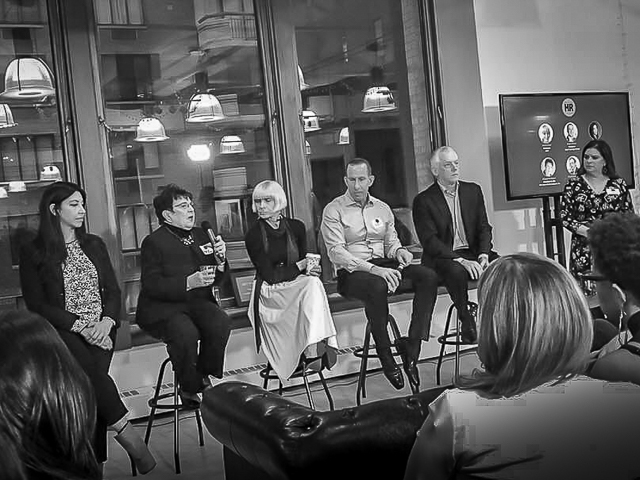HR and Tech Evangelists in HackingHR Manhattan
My experience and key takeaways from Manhattan chapter of Hacking-HR, a professional community event where I had the opportunity to meet some thought leaders in HR and Tech.
HR and Tech Evangelists in HackingHR Manhattan Read More »






